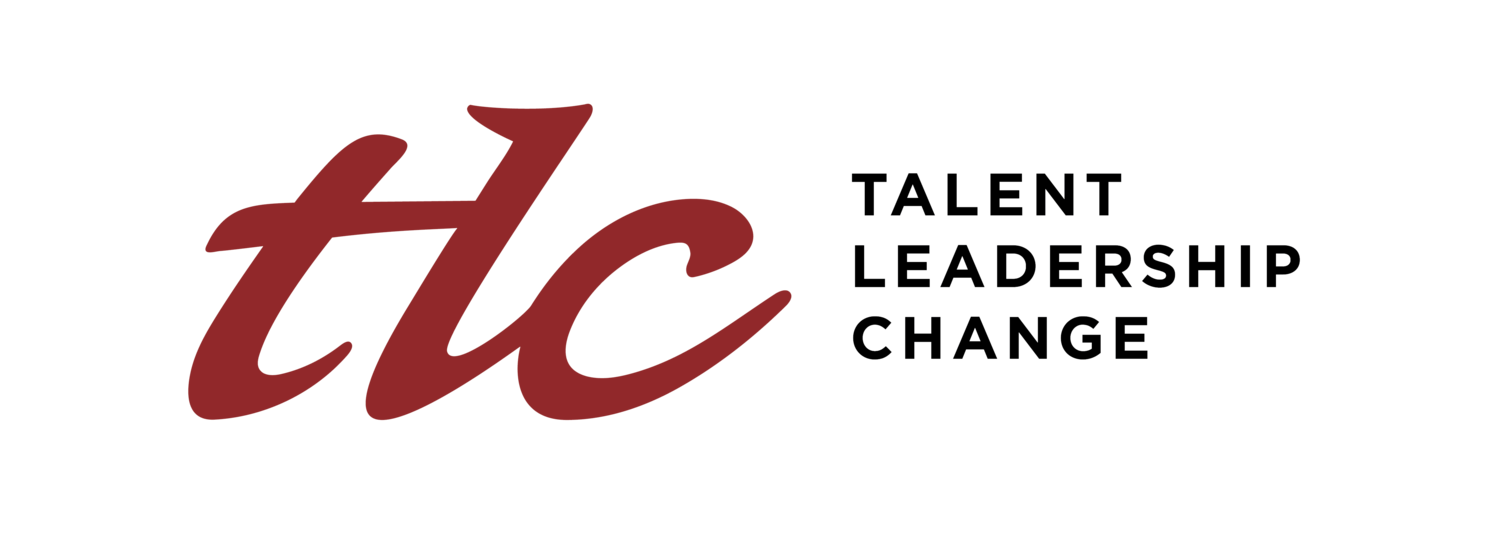EXECUTIVE COACHING: FAD OR HERE TO STAY?
A FEW YEARS AGO, I was part of a cross-country talent council that designed a year-long program for high-potential corporate leaders. It involved a group of six companies across Asia which was part of the regional network of a leading telecoms group. Participants occupied executive posts two levels below the CEO.
For over a year, the council worked with a business consulting firm to develop a program to prepare the next generation of leaders for the companies. The intention was to create a cadre of executives who will “win the future” in an industry that is changing in rapid and profound ways.
The program was not cheap, costing roughly $45,000 per participant. It entailed drawing up individual profiles, setting up live cross-country “action learning projects”, holding four-day long classes, flying in faculty from top international schools, preparing individual development plans, and conducting executive coaching for both individuals and teams.
Most of the junior executives who took part in the program are now holding C-level roles in their respective organizations. Overall, the program delivered on its goal of building a pool of strong successors.
We asked the participants what they thought of the program. While everyone found the whole experience helpful, they also said the best part of all was the executive coaching. Apparently what made the most impact on them were the hour-long conversations between them and a partner who helped them figure out their strengths and weaknesses and how to leverage these to maximize their contribution to the organization.
ORGANIZATIONS THAT WANT TO USE THIS TOOL MUST CREATE THE RIGHT CONDITIONS FOR IT TO DO ITS WONDERS
Introduced into the business world in the 1980s, “executive coaching” as a term is only three decades old. While there were early references to the idea in human resources journals in the mid-1930s, it took off as a discipline only in the 1990s. Still, it is hard to accurately name who was the first-ever “executive coach”.
Coach originally meant a transport carriage though it was also used in the 1830s in Oxford University to refer to an instructor or trainer who “carries” a student through an exam. While strongly associated with sports, coaching has broadened its meaning to include the process of “transporting people from where they are to where they want to be”.
In its early years, coaching in the corporate setting was seen as a remedy to help managers and executives overcome behavioral flaws or skills gaps. It has since developed to encompass everybody from “diamonds in the rough” mid-career staff to C-level executives in line to be a future CEO.
Today, executive coaching has gone mainstream. The world’s top business schools are now offering programs on professional coaching, lending greater legitimacy to this fast-growing practice. The International Coach Federation, which boasts of over 45,000 coach members, reveals in a recent study done with PricewaterhouseCoopers that the average investment returns on coaching is seven times. Over a quarter of clients say their returns reached 10 times to 49 times the initial cost.
Still, executive coaching is not a panacea that works for everybody every time. Organizations that want to use this potentially powerful tool must create the right conditions for it to do its wonders. Among others, these are: 1 establish a clear link between executive coaching and organizational goals; 2 executives keen to work with a coach set the agenda and embrace the accountability for change; 3 choose the right coach; and 4 agree on measurable outcomes.
If these conditions are met, executive coaching can make a big difference. Says a sales director being groomed to be general manager: “I have discovered a great deal about myself as a leader. It has also opened my eyes to who I am as a person. The week-on-week conversations absolutely helped me change the dynamics with my team and move forward in other aspects of my life!”
The managing director of a leading media company adds: “My take-away from all this is that great self-awareness and knowing how to fully embrace both my strengths and weaknesses and insecurities is a key to effecting change. I am amazed at how listening can be very empowering for my people.”
*Published as a monthly Leadership Column in Forbes Philippines
